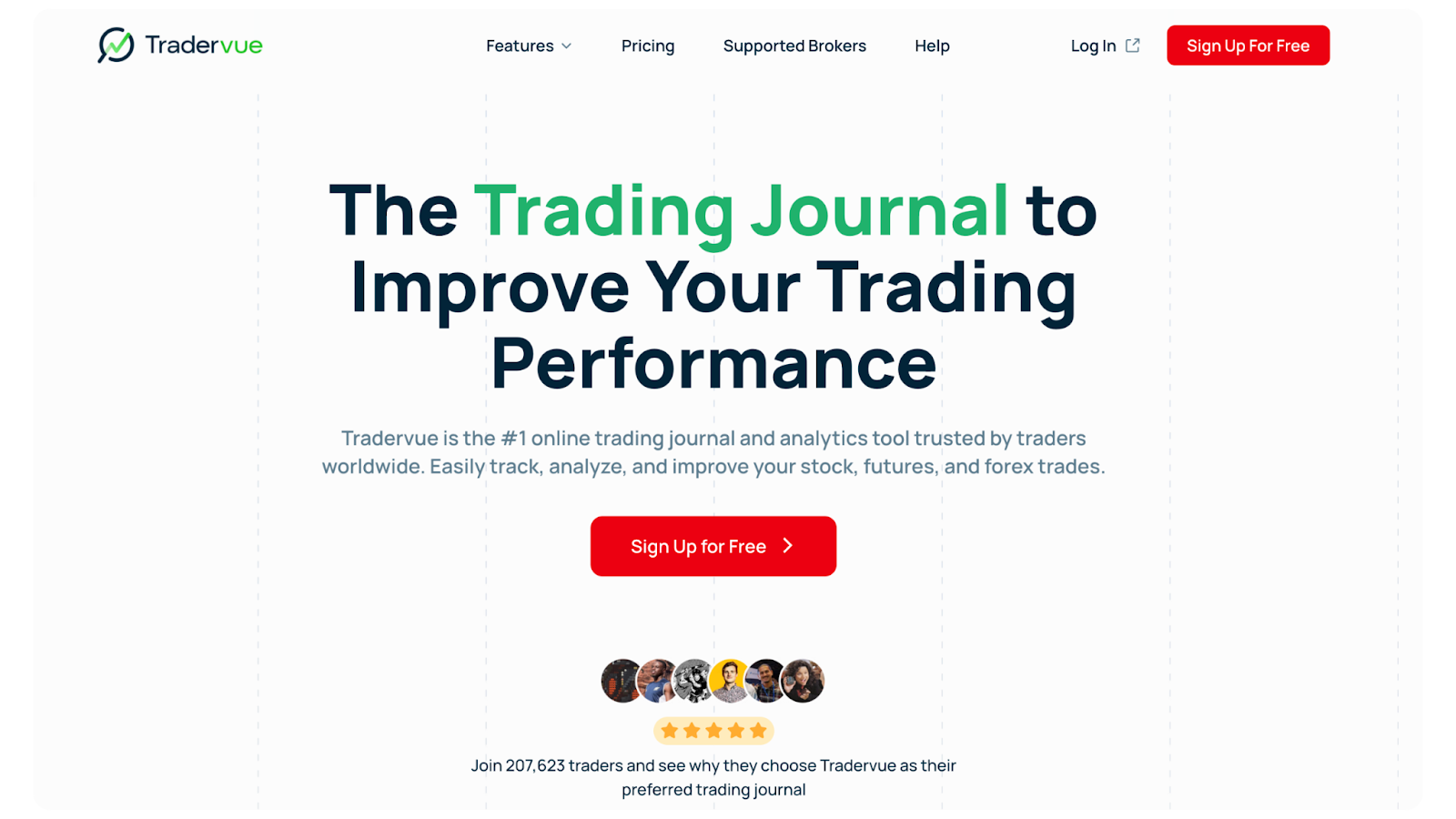The Volume-Weighted Average Price (VWAP) indicator is quite an influential tool for traders, incorporating both price and volume data to gain a clearer picture of price action.
As opposed to moving averages that are customary and concentrating only on price, VWAP factors in volume because it trades at each price level, and this provides a more precise reflection of the average trading price during a session.
Implementing the VWAP indicator effectively requires understanding its calculation, its role as dynamic support and resistance, and integrating it with other technical tools to improve trade decisions.
Various experienced traders as well as guides support this approach.
Resources such as Tradervue offer very thorough VWAP trading strategies that can be helpful.
What is the VWAP Indicator?
VWAP is calculated through dividing the total dollar value of all trades by the total volume because it occurs during a specific period, usually one trading day.
This calculation averages prices. The average price is determined via the volume that gets traded at each price point.
VWAP shows price level importance based on transaction size for this reason too.
VWAP resets upon each new trading day.
Each day, this offers a new standard.
It is used by the traders so they can assess if the current price is over or undervalued relative to prices that are traded on average daily.
VWAP is especially useful for intraday traders needing a reliable gauge of price reversals and trends.
Key Uses of VWAP in Trading
VWAP as Dynamic Support and Resistance
Traders treat VWAP as being a key price reaction level. VWAP may act as a support level at which traders seek buy opportunities and is often considered a bullish sign when the price exceeds it.
Prices below VWAP suggest bearish sentiment conversely, as VWAP potentially serves as resistance.
VWAP can act as dynamic support also resistance.
VWAP acts as a yardstick for many traders at institutions, so this use makes that happen.
Because of how this collective behavior surrounds VWAP, it often can cause price reactions that are near this level, so it becomes just a self-fulfilling indicator.
Confirming Market Trends
The slope toward the VWAP line provides further perception regarding market momentum.
A VWAP trending in an upward direction with prices consistently existing above the VWAP confirms bullish conditions.
A downward-sloping VWAP is what signals bearish momentum in that prices are mostly below it.
During the day, traders can identify trend strength or weakening by observing how price interacts with VWAP.
This understanding avoids false signals common with standard moving averages.
Entry and Exit Signals Using VWAP
One of the most practical strategies is to combine VWAP price crossovers along with confirmed volume for triggering trades.
For instance, you can identify strong bullish moves when price crosses over VWAP on higher volume as you enter long positions.
Likewise, volume increasing while crossing below VWAP may show selling chances or exit locations.
Some of the traders use VWAP bands in order to signal potential overbought or oversold conditions.
VWAP bands are calculated via standard deviations above and below the VWAP line.
Price nearing or exceeding these bands can suggest extreme momentum or a price reversal.
Enhancing VWAP with Complementary Indicators
To improve trade accuracy, traders often combine VWAP with other indicators such as:
- Relative Strength Index (RSI): Used to identify overbought or oversold conditions when combined with VWAP positioning.
- Moving Average Convergence Divergence (MACD): Helps confirm shifts in momentum alongside VWAP signals.
- Volume Analysis: Confirming volume surges at key VWAP levels strengthens signal reliability.
Integrating these indicators allows traders to filter out noise, reduce false signals, and develop more robust trading strategies.
Advanced VWAP Techniques
Anchored VWAP
Anchoring VWAP to specific points within time such as a breakout, major news event, or market open creates for you a tailored VWAP baseline that seems more relevant than standard daily VWAP because it can offer traders context-sensitive perceptions.
VWAP is most useful for swing trades or with erratic market states.
Conventional VWAP might not provide a clear picture on account of this usefulness.
For traders, it is possible to monitor price behavior that is relative to critical levels via selecting a starting point.
VWAP Bands Strategy
Adding bands above and below VWAP, similar to Bollinger Bands, is based on standard deviations, and it allows traders to gauge the times when prices happen to be overextended.
Points for a potential reversal can be indicated through extreme deviations out from VWAP bands.
Entries as well as exits’ timing can be improved by these deviations.
Because it helps traders identify when prices may correct after sharp moves, this strategy capitalizes on the mean-reversion tendency of prices around VWAP.
Practical Tips for Implementing the VWAP Indicator Effectively
- Prioritize trading around high-volume periods like market open and close when VWAP signals are generally more reliable.
- Combine VWAP with price action and chart patterns for signal validation.
- Be cautious when volume is low, as VWAP’s reliability decreases with thin market participation.
- Experiment with different VWAP styles — intraday, anchored, or extended — to match your trading style and market conditions.
- Practice patience and discipline. Do not rely solely on VWAP but use it as part of a broader, well-rounded trading system.
By understanding and applying these strategies, the VWAP indicator’s complete power may be revealed.
Effectively using VWAP helps traders master a versatile edge within diverse market conditions.
Traders aim for the confirmation of trends or identification of support and resistance or to improve entry and exit timing.
VWAP gives to traders a tool that is indispensable through combined volume as well as price analysis for trading of today.



































